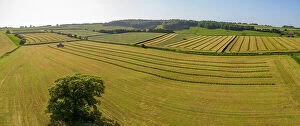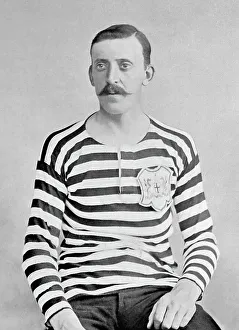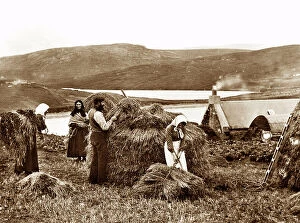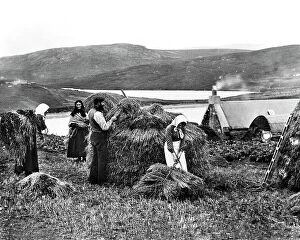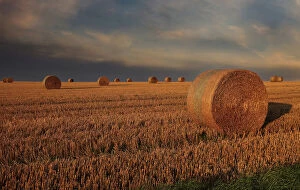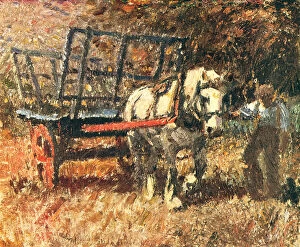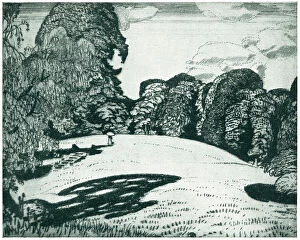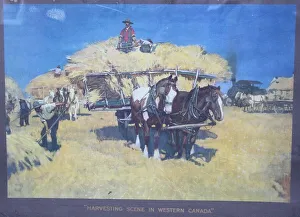Hay Collection (page 8)
"Hay: A Timeless Symbol of Rural Life and Hard Work in Campbeltown, Argyll, Scotland" Picture No
All Professionally Made to Order for Quick Shipping
"Hay: A Timeless Symbol of Rural Life and Hard Work in Campbeltown, Argyll, Scotland" Picture No. 11073026 captures the essence of a bustling countryside scene, where Busy Bodies and Busy Bees are hard at work. In this picturesque setting, a majestic Shire horse pulls a hay wagon through the rolling hills of Campbeltown. The sight is reminiscent of simpler times when hay was essential for sustenance. Meanwhile, in Bulwell Wood Hall, Nottinghamshire (as seen in Picture No. 11073025), another heavy Shire horse gracefully maneuvers an old hay rake across the fields. This image transports us to an era when manual labor played a vital role in harvesting nature's bounty. Hay Fever takes center stage at the Gaiety Theatre in Hastings as Noel Coward's timeless play unfolds its comedic brilliance. Amidst laughter and wit, we are reminded that even amidst hay fever season, life goes on with its own dramatic twists. Threshing Wheat (as depicted in Picture No. 11073025) showcases the arduous process involved in separating grain from chaff using traditional methods. It serves as a testament to our ancestors' dedication to providing food for their communities. In Staffordshire - England during September, we witness modern-day farming practices as tractors pause momentarily to allow a cutting-edge hay bale making machine to release perfectly formed bales into the field (Picture No. 11073026). These advancements symbolize progress while honoring age-old traditions. The Dorset Hay Wain stands proudly as an iconic representation of local character dating back to 1931—a reminder of how deeply intertwined rural communities are with their agricultural heritage. Whether it be ancient or contemporary practices surrounding "hay, " these glimpses into different moments throughout history remind us that this humble crop has always been at the heart of sustaining livelihoods and preserving tradition across generations—forever connecting us to the land and its timeless rhythms.



